
Beyond Buzzwords: Getting Real With Employee Engagement and Retention
We’re facing turbulent times in the world of work. And not surprisingly, the language we use to describe modern work life is changing just as

We’re facing turbulent times in the world of work. And not surprisingly, the language we use to describe modern work life is changing just as
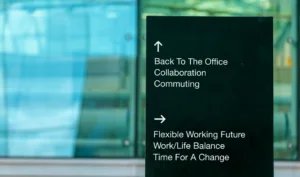
We don’t need research to tell us the future of work will be much different from pre-pandemic norms. But Covid isn’t the cause. Disruption was

Predicting the unexpected is a tricky process — especially in the world of digital innovation, where change and disruption are a way of life. But

These days, we’re flooded with headlines about The Great Resignation, The Big Quit, and The Great Reshuffle. It’s not surprising. The desire for career advancement

The balance of power is shifting in the employer/employee relationship. What does it mean for the future of work? The #TChat crowd weighs in

The balance of power is shifting in the employer/employee relationship. What does it mean for the future of work? The #TChat crowd weighs in

The balance of power is shifting in the employer/employee relationship. What does it mean for the future of work? The #TChat crowd weighs in

The balance of power is shifting in the employer/employee relationship. What does it mean for the future of work? The #TChat crowd weighs in
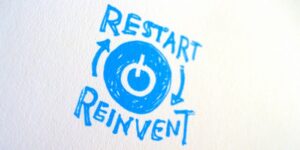
The balance of power is shifting in the employer/employee relationship. What does it mean for the future of work? The #TChat crowd weighs in

What really makes “great” employers special? And can how can companies make “great” magic last? #TChat lessons learned
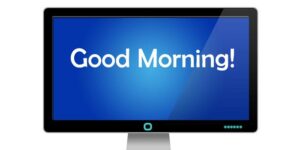
Remote work is on a roll. But it takes more than home offices and an internet connection to succeed. What really matters? The TalentCulture community weighs in

We know that mobile tools are rapidly transforming recruitment. But what about the rest of the hiring process? #TChat talks about why employers need to get ahead of the curve

The world of work is growing more complex and interesting all the time. Who are tomorrow’s leaders and how can they prepare today? Our community speaks…
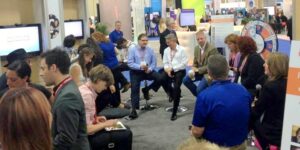
Just when we thought we “got” employee engagement — there’s more to learn! Take a peek at highlights from the #TChat LIVE panel in Las Vegas
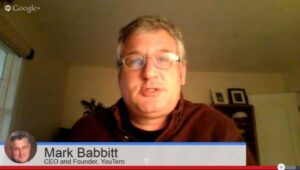
Is Gen X really the “forgotten generation”? If so, what does that mean as the next wave of leaders must step in to lead the world of work?
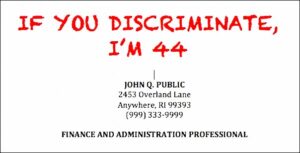
Age discrimination has no place at work — and yet it persists. Why? What should we do? The TalentCulture community speaks…

Do you want to lead others? Start by leaving behind age stereotypes that keep us all from getting ahead. Try these 5 steps

We’re excited to transform organizational cultures — hand-in-hand with a dynamic leader in workforce engagement! Learn more about our partnership…

Don’t miss the hot ticket at this year’s HR Tech Conference, as #TChat goes live with experts at a very special Employee Engagement Roundtable. Join the conversation October 7!

How can companies retain their most innovative employees? And how can those smart minds succeed? It starts by creating value for others

Why and how should established businesses develop a culture of entrepreneurship? That’s the focus this week at #TChat events with Bob Burg…

Flexible work: The concept is decades old, but technology and cultural changes are making alternative schedules and locations more viable. Take a closer look with #TChat

Do you see a talent tsunami ahead? What is your organization doing to protect your investment in employee morale and performance?

Research confirms that employees are suffering at the hands of poor managers — and business performance is right behind. How can companies turn this around?

The TalentCulture community is heading to Chicago — along with 18,000 HR professionals who are gathering to discuss the future world of work. Join in, as we work the floor at #SHRM13!